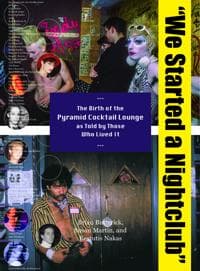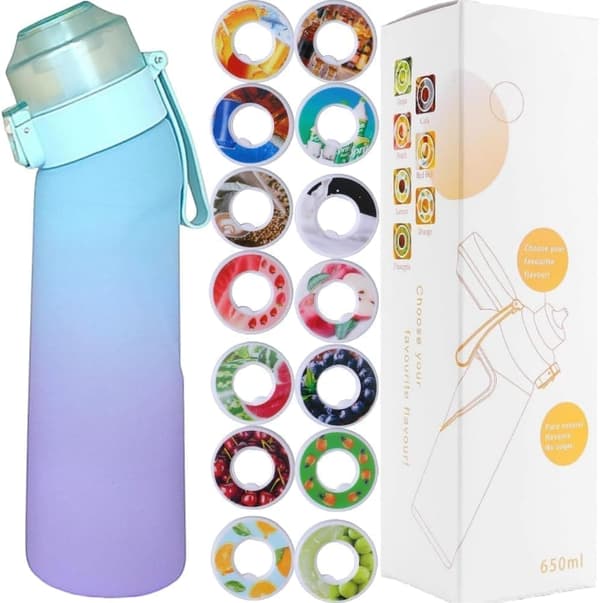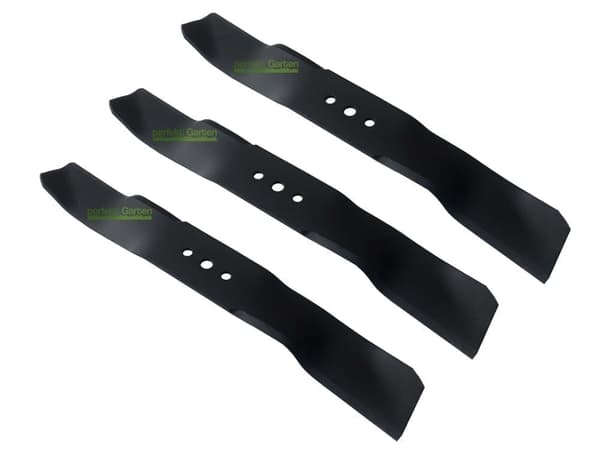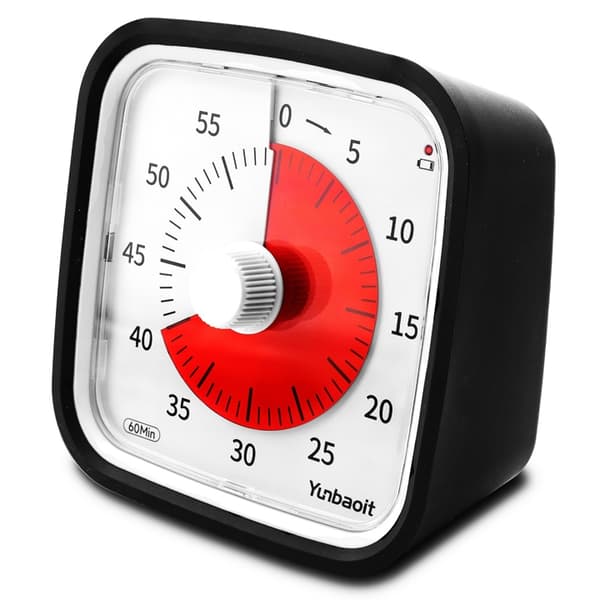
We Started a Nightclub
477 kr.
477 kr.
Ons., 2 juli - man., 7 juli
Sikker betaling
14 dages åbent køb
Sælges og leveres af
AdlibrisProduktbeskrivelse
An oral history told through more than 75 interviews, it covers the early years of the Pyramid from the time of its founding through its rise, near demise, and rebirth as the first producer of downtown’s annual Wigstock festival. The book includes narrative commentary by Butterick, Martin, and Nakas; press releases, and never-before-seen photos, snapshots, flyers, and other ephemera The Pyramid, at 101 Avenue A, was ground zero for an explosion of creativity. In opposition to the conformity that defined the West Village, the Pyramid was run by gays, but never considered “a gay club”. Instead, it offered a mixture of cultures, from groundbreaking, irreverent theater and experimental and hardcore music to “anti-drag” that challenged the norms of gender and sexual binaries. Theme nights and bar dancers, fixtures of the downtown avantgarde, and kids escaping their past and creating their futures all added to the club’s popularity.
The genius behind the club was 23-year-old Bobby Bradley, an impresario who established a collaborative atmosphere that mixed and matched performers of every stripe. Joining Bobby was a team of eager young artists, dancers, musicians, actors, and writers, telling the story of a new generation of artists in their own words. At the Pyramid, John Kelly, John Jesurun, Kestutis Nakas, and Ann Magnuson rubbed elbows with They Might be Giants, the Red Hot Chili Peppers, 3 Teen Kill 4, and performers like Ethyl Eichelberger, John Sex, Tabboo!, Hapi Phace, and Lady Bunny added their twist on drag with outrageous personas. By offering a home to obscure, genre-defying, experimental, and unpolished acts, the Pyramid played a crucial role in shaping the city’s underground cultural scene for decades to come.
By 1985, Bobby and his team had produced thousands of original performances and ushered in a time of intense creativity in the East Village. Sadly, addiction, AIDS, and other perils of human existence brought Bobby (and so many others) down; the story of his downfall marks the “end of the beginning” of the Pyramid in 1986.
With reminiscences and anecdotes from performers and bar boys to doormen and DJs, the Cast of Characters section of the book includes descriptions of the 250+ people who have added their voices or are referenced in this history of those seminal times. We Started a Nightclub also includes excerpts of more than 50 Pyramid press releases written by Martin between 1983 and 1986, documenting the range of acts and cultural commentary at the heart of the club. Given the time constraints and limited communication channels of the analog age, many entries read like Felix Feneon’s “Novels in Three Lines,” compressed and intentionally humorous—a mirror of the personalities and satirical spirit of the club.
Like C. Carr’s “Fire in the Belly,” We Started A Nightclub is an inside look at the cultural history of the East Village in the early 1980's, combining small anecdotes and larger narratives to capture the ethos of the Pyramid. Both the unsung heroes and the famous animate these pages with memories and backstories on people and events. Like Patti Smith’s “Just Kids,” it intimately touches the real lives of artists. And like Jean Stein’s “Edie: an American Biography,” the story of the club is told through the perspectives of those who lived it. What Studio 54 was for disco and pop culture, the Pyramid was for the alternative cultures of downtown NYC. The 2015 Howl exhibition, “Secrets of the Great Pyramid: The Pyramid Cocktail Lounge as Cultural Laboratory, curated by Brian Butterick, featured the voices, works, and ephemera of more than 50 artists associated with the Pyramid alongside performances and panel discussions. The exhibition remains one of Howl’s most successful to date, demonstrating strong interest in the Pyramid and its place in cultural history.
The book, for which interviews began in 2006, is timelier than ever as the only in-depth exploration of the Pyramid’s origins. In 2021, the Pyramid closed permanently. Though the venue was no longer the cultural hotbed of its early years, its closure prompted an outpouring of reminiscence and mourning for a bygone era, amid a broad renewed interest in the art and culture of 1980s New York—the eras that predated rapid gentrification, and the sweeping impact of the AIDS epidemic.
Varenr.
fa753e13-c8e3-46f3-b43d-7dc345efae7d
We Started a Nightclub
477 kr.
477 kr.
Ons., 2 juli - man., 7 juli
Sikker betaling
14 dages åbent køb
Sælges og leveres af
AdlibrisLignende topsælgere

Pop Mart Labubu Big into Energy 17 cm blind box
169 kr.

Labubu Exciting Macaron 17 cm Pop Mart blind box
169 kr.

Bright Beauty Vanity Namira - make up spejl med belysning - hollywood spejl - schminke spejl med lys - hvid - dæmpbar med tre lystilstande
539 kr.

Lollanda 2-pak Universal Bil Bagsæde Mobil / Tablet Mange Holdere 41×61cm
125 kr.
Tidligere laveste pris:
151 kr.

Trådløs CarPlay-adapter 2025, til CarPlay og Android Auto, Plug-and-Play
150 kr.

Montessori Busy Board til børn 1-4 år, 12-sidet aktivitetslegetøj med Reißverschluss
140 kr.

OBOSOE Air-Up Luftvandsflaske 650ml – 7 smagskapsler | 0 Sukker & Duftende | Gradient Blå + Suptube
185 kr.
Tidligere laveste pris:
258 kr.

G4 Halogenpærer / Stiftpærer - Halogen 10W (10-Pack)
69 kr.

INF Digitalkamera med 48 MP, HD 1080p, 16x zoom, hukommelseskort Sølv
458 kr.

3-Pak - Fidget Spinners med Sugekop til Børn
79 kr.
Tidligere laveste pris:
99 kr.
Anbefalede produkter

INF Ørepuder til Bose QC35 I/II, QC25, QC15, QC 2 AE 2, AE 2i, AE 2w, SoundTrue, SoundLink Sort
69 kr.
Tidligere laveste pris:
89 kr.

Secret Hitler Brætspil - strategispil Puslespil for 2-8 personer
276 kr.

FENCHILIIN hollywood spejl makeup spejl med lys dæmpbar med tre lystilstande bordplade vægbeslag make up spejl med belysning hvid 58 x 46cm
621 kr.

94 CM 3 X Plæneklipperknive til Husqvarna RIDER R213 R214 R215 R216 R316 R318 R320 AWD
265 kr.

Ørepuder til Bose QuietComfort - QC35/QC25/QC15/AE2 Hovedtelefoner Svart
69 kr.

FENCHILIIN Hollywood makeup spejl med lys forstørrelse 360° drejelig bordplade hvid spejl 30 x 41 cm
359 kr.

Timer til Klasselokalet - 60 minutter
149 kr.

FENCHILIIN Hollywood stort makeup spejl med lamper bordplade vægmonteret hvid spejl med lys
479 kr.

XXL-hængekøje med stålstel op til 250 kg Beige inkl. bæretaske ML-Design
635 kr.

INF Trimmerspoler Black & Decker GL4525, GL5028, GLC1423L, GLC1825L græstrimmer
111 kr.
Tidligere laveste pris:
158 kr.